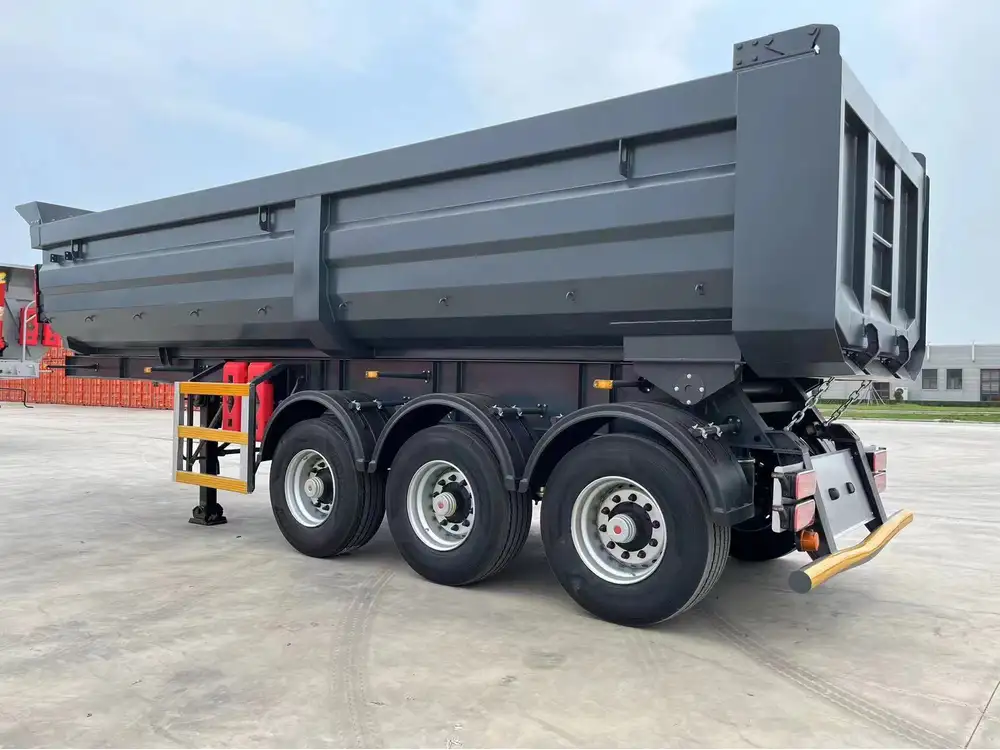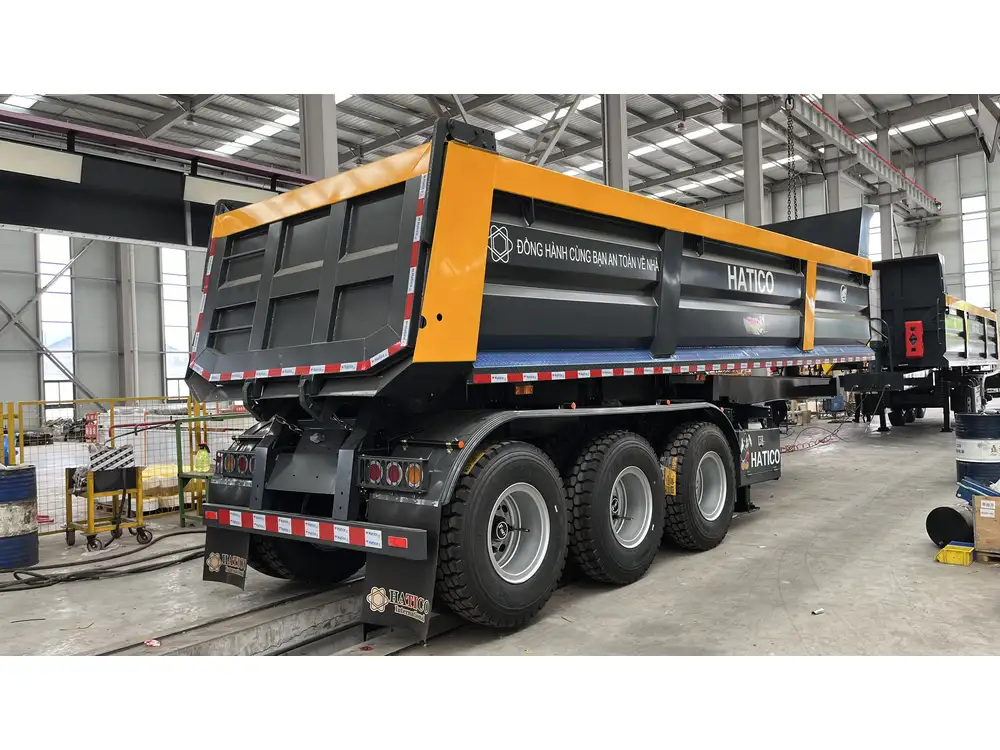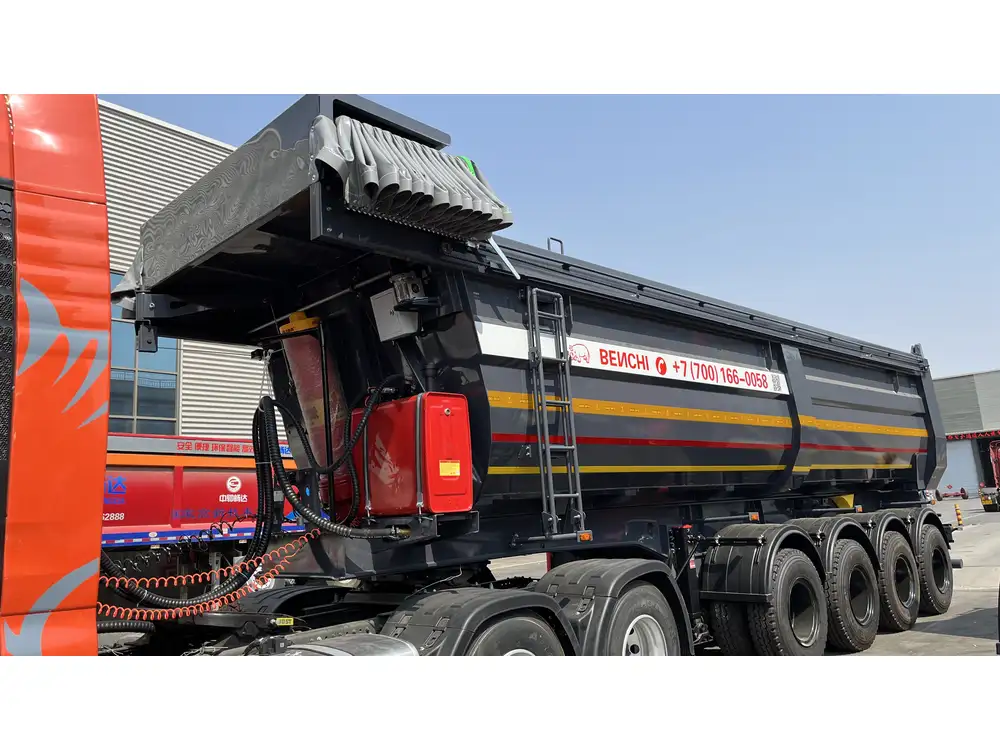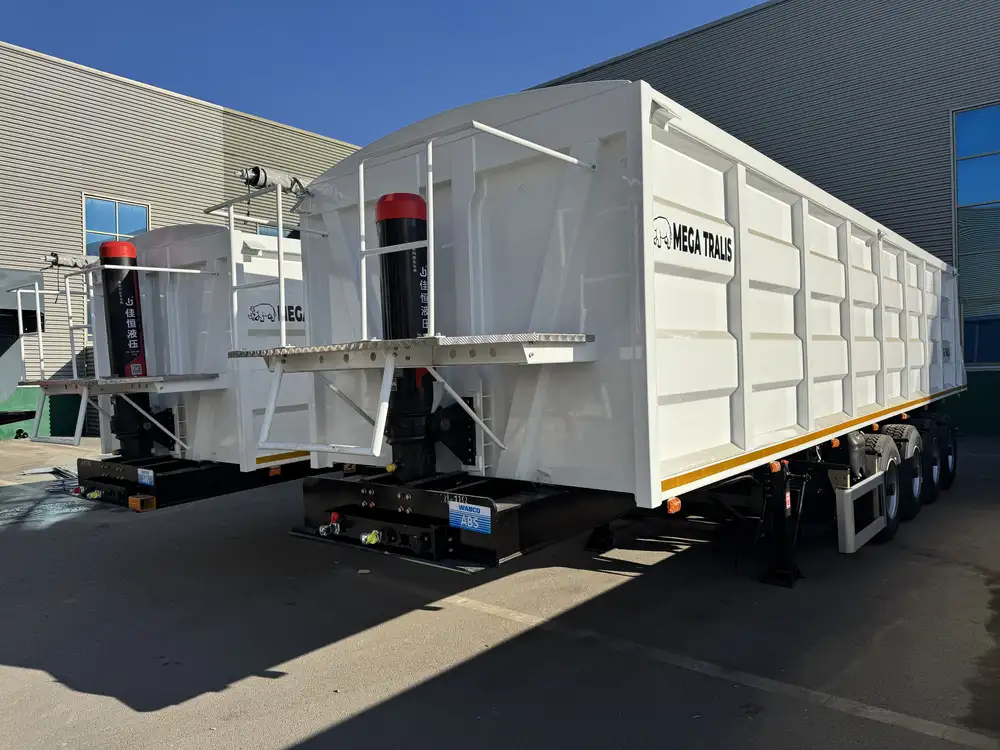Flatbed trailers serve as the backbone of the transportation industry, enabling the movement of diverse cargo types efficiently and safely. Among several technical specifications, the height of a standard flatbed trailer is pivotal for owners, operators, and logistics managers alike. In this article, we delve into the intricacies of flatbed trailer dimensions, providing an exhaustive analysis that will aid stakeholders in making informed choices.
What is a Flatbed Trailer?
A flatbed trailer is a versatile transport vehicle characterized by its flat, open platform, which is devoid of sides or a roof. This design allows for easy loading and unloading from all sides, making it particularly useful for hauling oversized or irregularly shaped cargo such as construction materials, machinery, or vehicles. This flexibility comes at a cost: understanding the precise measurements, including height, is crucial for compliance with road regulations and ensuring efficient transportation.
Standard Flatbed Trailer Dimensions
- Overall Length: Typically ranging between 48 to 53 feet.
- Overall Width: Generally spans 8.5 feet (102 inches).
- Maximum Payload Capacity: Can vary from 48,000 to 60,000 pounds depending on the trailer’s specific design and axle configuration.

Standard Height of a Flatbed Trailer
The standard height of a flatbed trailer from the ground to the top of the side rail is predominantly around 39 inches. This height can slightly fluctuate based on factors such as the trailer’s design, the manufacturer, and additional features such as suspended axles or customizations.
| Trailer Features | Typical Height (inches) |
|---|---|
| Standard Flatbed Trailer | 39 |
| Lowboy Trailer | 18 to 24 |
| Step Deck Trailer | 34 to 38 |
| Combination Trailers | 39 to 53 |
Importance of Height in Flatbed Trailers
Road Regulations Compliance: Each state and highway jurisdiction has strict rules governing height restrictions for trucks and trailers. Understanding the height of a flatbed trailer ensures that operators remain compliant, avoiding hefty fines and delays.
Loading and Unloading Efficiency: The height of a flatbed trailer influences the ease of loading and unloading. A trailer that sits too low might complicate the loading process, whereas one that is excessively high can elevate safety risks.
Cargo Compatibility: Not all cargo fits into standard height specifications. Certain machinery or oversized items may require customized height options, demanding an understanding of what is available on the market.
Types of Flatbed Trailers Based on Height and Structure
The choice of a flatbed trailer can often depend on the height and structure necessary for specific transportation needs. Here’s a closer look at different types of flatbed trailers and their distinctive features:

1. Standard Flatbed Trailers
- Height: Approximately 39 inches.
- Use Cases: Suitable for general cargo, machinery, and equipment.
- Benefits: Versatile, easy access from multiple sides.
2. Step Deck Trailers
- Height: About 34 to 38 inches.
- Use Cases: Ideal for taller cargo which cannot exceed highway height limits.
- Benefits: The lower deck allows for the transportation of taller items.
3. Lowboy Trailers
- Height: Typically 18 to 24 inches.
- Use Cases: Primarily used for heavy equipment and larger machinery.
- Benefits: Extremely low deck height facilitates safe transport of oversized cargo.

4. Double Drop Trailers
- Height: 24 to 28 inches.
- Use Cases: Designed for transporting extremely tall cargo.
- Benefits: Offers two drop sections, enhancing compatibility with oversized loads.
Factors Influencing Flatbed Trailer Height
Understanding the height specifications of flatbed trailers is influenced by several factors, including manufacturing variations, load requirements, and operational needs. Here are three key considerations:
1. Trailer Design and Build
The construction of a flatbed trailer—such as whether it incorporates air-ride suspension or a fixed axle system—can impact the overall height. Trailers engineered for specific purposes often have unique height requirements due to their design structure.

2. Load Type and Weight Distribution
The kind of cargo being transported significantly determines the necessary height. For instance, high-profile loads like large machinery or structural components may necessitate a higher deck, while lower loads can be accommodated on trailers with minimal height.
3. State and Local Regulations
Various jurisdictions enforce specific height restrictions for trailers. Understanding these regulations is critical for operators to ensure compliance while maximizing cargo potential.
Common Questions About Flatbed Trailer Heights

What Height is Ideal for Transporting Heavy Equipment?
For heavy equipment, a lowboy trailer, which features a height of 18 to 24 inches, is ideal. This minimized height enhances stability and safety during transport.
Are There Height Restrictions When Transporting Cargo?
Yes, height restrictions vary by state and federal laws. Generally, vehicles transporting loads cannot exceed 13.5 to 14 feet in height without special permits.
How Does the Height Affect Fuel Efficiency?
Height can impact aerodynamics, where taller loads often result in greater wind resistance, potentially reducing fuel efficiency. Optimizing the height and ensuring cargo is properly secured can help mitigate this issue.

Can a Flatbed Trailer Be Customized for Height?
Indeed, many manufacturers offer customizable options tailored to specific operational requirements. Adjusting height might involve modifying the trailer design, axle configuration, or suspension system to accommodate special cargo.
What Are the Risks of Overloading a Flatbed Trailer?
Overloading not only compromises the integrity of the trailer but also poses significant safety hazards. Excessive weight can lead to brake failure, unstable handling, and increased wear on tires and suspension.
Is a Flatbed Trailer Suitable for All Cargo Types?
While flatbed trailers excel in versatility, they may not be suitable for specialized cargo such as liquids or hazardous materials that require enclosed transport.

Conclusion: Elevating Your Knowledge About Flatbed Trailer Heights
Understanding the height specifications of flatbed trailers is non-negotiable for manufacturers, operators, and logistics coordinators alike. By comprehensively examining these dimensions, users can ensure compliance with regulations, enhance loading efficiency, and choose the right trailer configuration for their unique needs.
In summary, the standard height of a flatbed trailer is approximately 39 inches, subject to modifications based on trailer type and design. Whether contemplating a standard flatbed, a step deck, or a lowboy, grasping the nuances of each option provides stakeholders with the knowledge necessary to optimize transportation operations.
For those venturing into the world of flatbed trailers, being well-versed in their specifications will not only safeguard compliance but also guarantee operational efficiency, thus fostering long-term business success.



